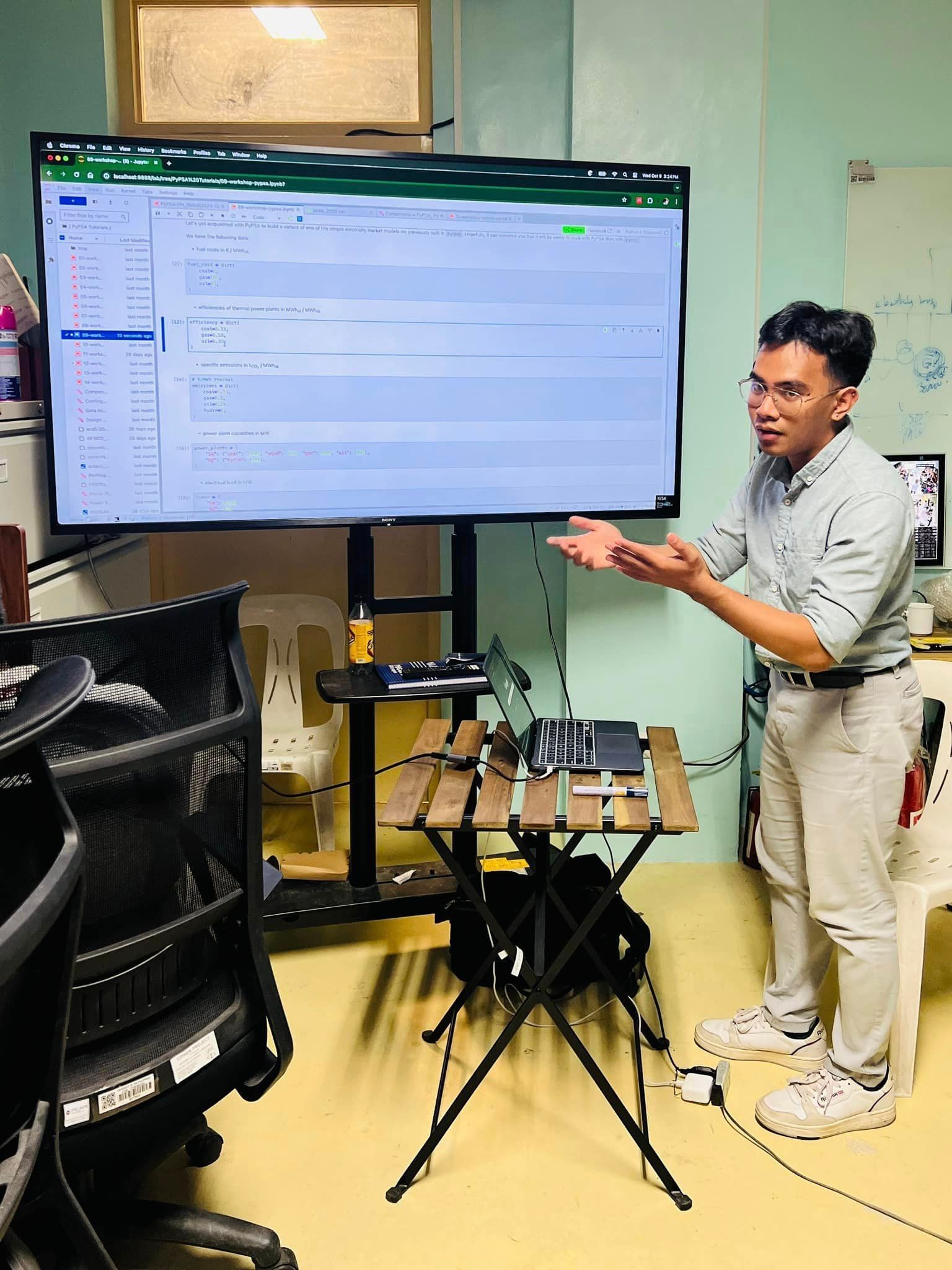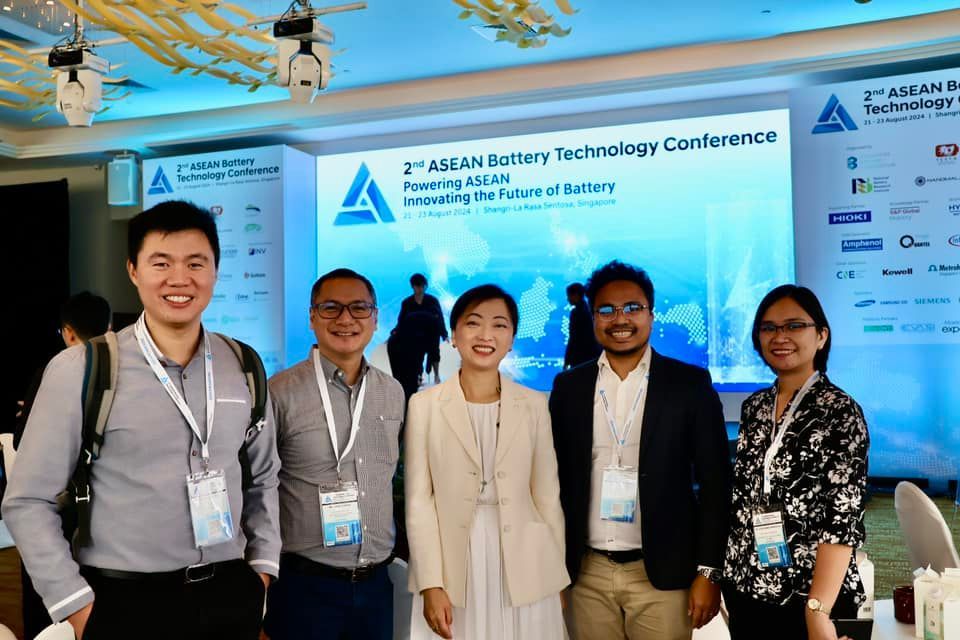Transition Pathway to 100% RE in the Philippines by 2050
The publication “Transition Pathway Towards 100% Renewable Energy across the Sectors of Power, Heat, Transport, and Desalination for the Philippines”, co-authored by Engr. Myron T. Alcanzare, Engr. Eugene A. Esparcia, Jr., and Dr. Joey D. Ocon from the Laboratory of Electrochemical Engineering, discusses the feasibility of completely phasing out conventional energy sources in favor of renewable energy technologies by 2050. The energy transition encompasses the power, heat, transport, and desalination sectors.
The transition to 100% renewable energy was analyzed using the Lappeenranta – Lahti University of Technology (LUT) Energy System Transition model. The model simulates the supply and demand of energy in hourly timesteps to determine the additional renewable capacity per year that would minimize costs. The study considered the transition from 2015 to 2020, and the capital cost of new capacities are shown in the figure below. The authors demonstrated that 100% renewable energy can be achieved by 2050 at a levelized cost comparable to that in 2015. They also note the importance of investing in solar photovoltaics as an energy source and batteries as a cheap energy storage option.

Capital cost of new technologies to be installed every five years. Note the large installation of solar photovoltaics and batteries.
The article was published in Renewable and Sustainable Energy Reviews: https://doi.org/10.1016/j.rser.2021.110934





